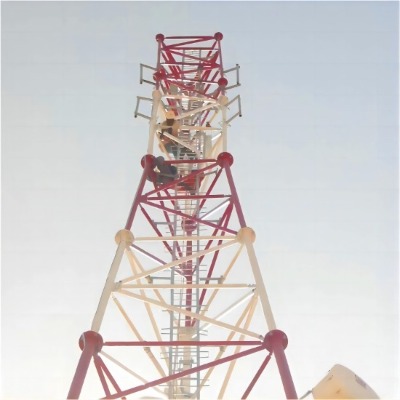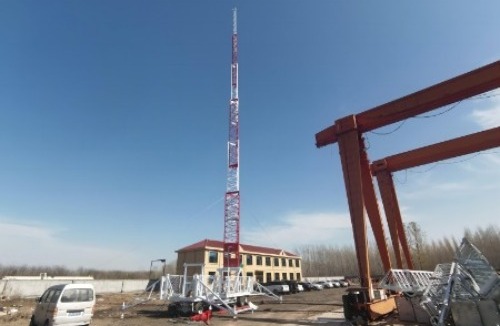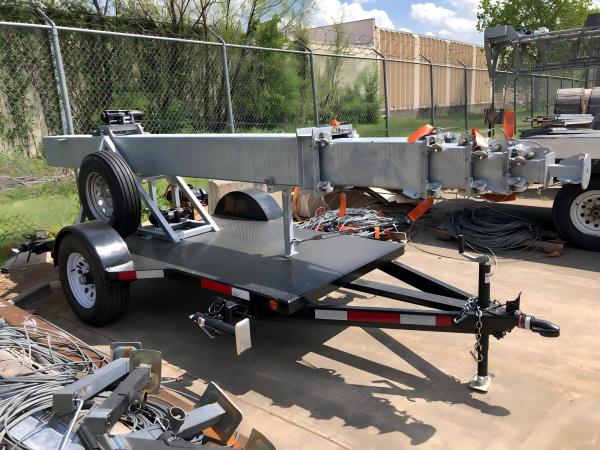Cell on Wheels (COW) units are deployed in various scenarios where there is a need for temporary cellular coverage and capacity augmentation. Some typical scenarios where a Cell on Wheels is used include:
1. Special Events: COWs are commonly deployed at large gatherings, festivals, concerts, sporting events, and conferences to handle the increased demand for mobile data and voice services from attendees.
2. Emergency Response: During natural disasters, such as hurricanes, earthquakes, or wildfires, when existing infrastructure is damaged or overwhelmed, COWs can be quickly deployed to restore cellular connectivity for emergency responders and affected communities.
3. Public Safety Operations: COWs are utilized during public safety operations, such as search and rescue missions, law enforcement activities, or disaster response efforts, to establish temporary communication networks in remote or underserved areas.
4. Network Upgrades and Maintenance: When cellular operators need to perform maintenance work on existing cell sites or upgrade network infrastructure, COWs can be used to ensure uninterrupted service for customers during the transition period.
5. Construction Sites: COWs are often deployed at construction sites or industrial locations where temporary cellular coverage is needed for workers or project management teams.
6. Festivals and Fairs: Temporary events like local fairs, food festivals, or outdoor markets may require additional cellular coverage to support vendors, visitors, and organizers, making COWs a convenient solution.
7. Rural and Remote Areas: In rural or remote areas with limited cellular coverage, COWs can be deployed to improve connectivity temporarily, especially during peak usage times or special events.
8. Network Testing and Optimization: Cellular operators use COWs for network testing, optimization, and capacity planning exercises to evaluate coverage areas, network performance, and potential upgrades.
9. Temporary Infrastructure Needs: In situations where permanent cellular infrastructure is not feasible or cost-effective, such as temporary construction projects, COWs can provide reliable communication services.
10. Major Sporting Events: During major sporting events like the Olympics, World Cup, or Super Bowl, where large crowds gather, COWs are often deployed to enhance network capacity and ensure seamless connectivity for attendees.
Overall, Cell on Wheels units are versatile solutions that can be rapidly deployed in a wide range of scenarios to address temporary demands for cellular coverage and capacity, ensuring reliable communication services for users in various situations.
Learn more at www.alttower.com





























